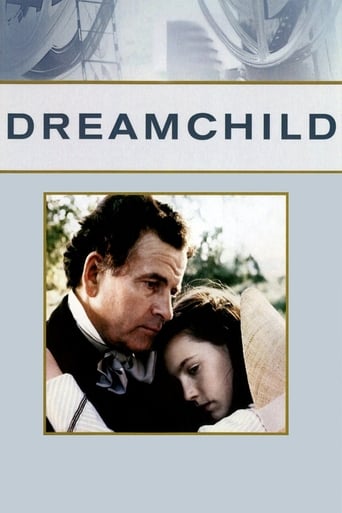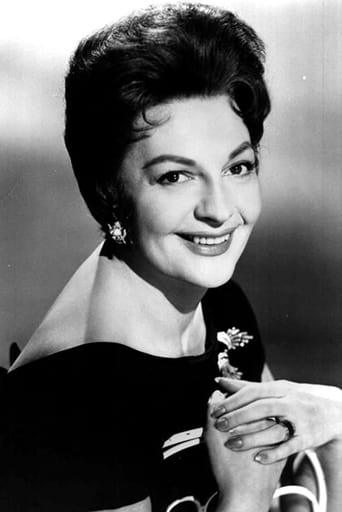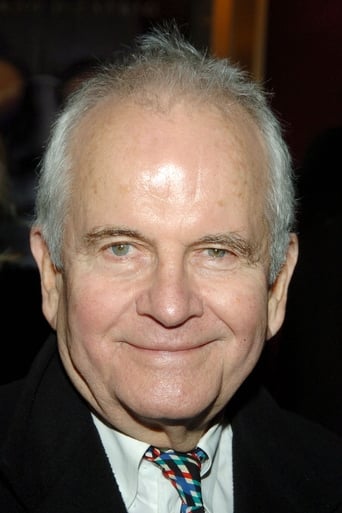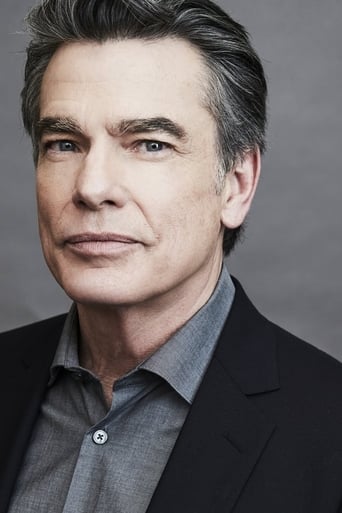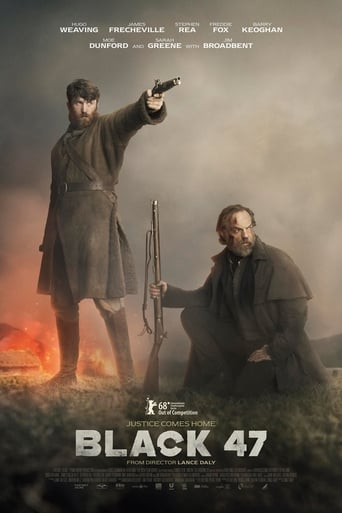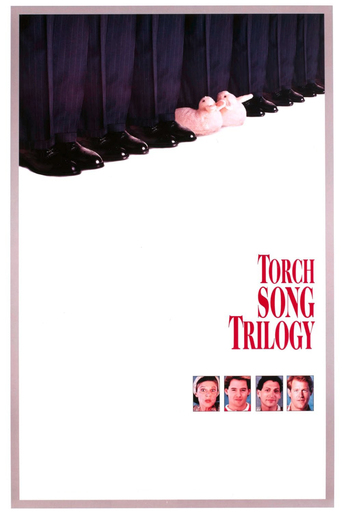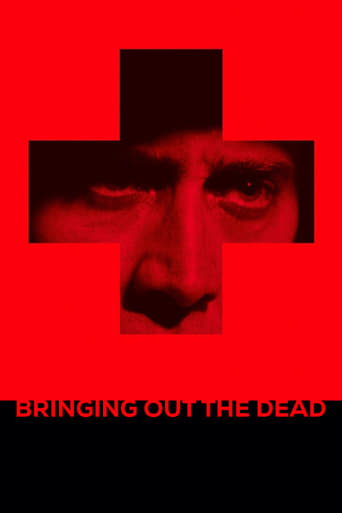Dreamchild (1985)
Eighty-year-old Alice Hargreaves is about to visit Columbia University to attend a reception in honor of author Lewis Carroll. As a child, Alice had a close friendship with the writer, and their relationship was the creative catalyst for Carroll's most beloved work. However, as Alice reflects on her experiences with the author, she realizes the complexity of their bond has had lasting, deeply felt ramifications.
Watch Trailer
Cast
Similar titles
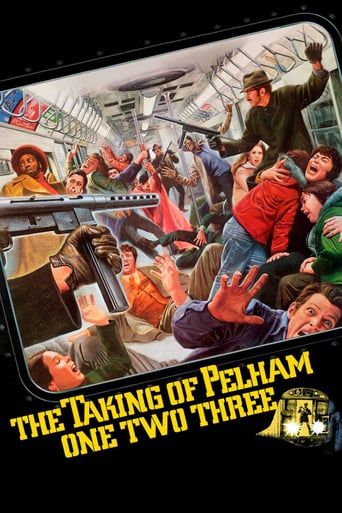
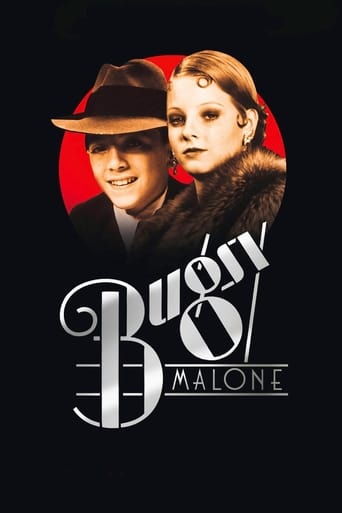

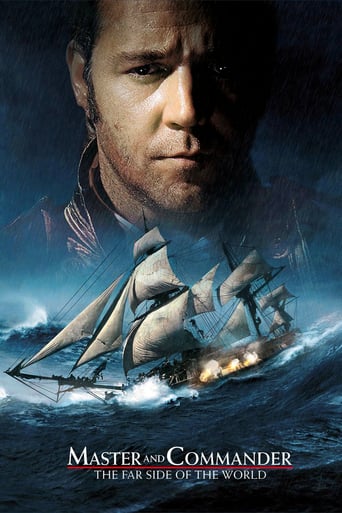

Reviews
Very well executed
Brilliant and touching
To all those who have watched it: I hope you enjoyed it as much as I do.
The first must-see film of the year.
The fate of movies is a mystery. Why should it be that certain mediocre films draw crowds large enough to wrap twice around the block, only to be just as soon forgotten, while others, marvelous films, never catch on at all, and end up lost through decades, waiting only to be rediscovered one day, when a DVD edition suddenly blesses them with a second life?DreamChild is a monumental work of art that rests on another monumental work. Of course, it helps that as a kid, I was fascinated by Lewis Carrol's famous adventures of Alice in Wonderland and Thru the Looking Glass, as well as the wild and often creepy, psychedelic universe beautifully rendered by artist Sir John Tenniel. It's worth noting that, to this day, we owe Tenniel most of the representations we have of the worlds and characters described by Carrol.DreamChild a beautiful film in so many respects. Deeply moving and inviting us, the viewer, to reflect upon the true forces that guide the murky, and sometimes tortuous process from which art is born. The screenplay by Dennis Potter is airtight, witty, often funny, but also dark and complex. Ian Holm as the Reverend Dodgson delivers one of the two best performances of his life (The Sweet Hereafter being the other). Curiously, both deal with the agonizing pain of holding back.Even little Amelia Shankley, who plays young Alice Lydell, the muse throughout the film, is deeply haunting and complex, juggling the tricky emotions that carry the entire picture through to its resolution.This was a fairly low budget production, shot entirely in the UK, but Roger Hall's masterful art direction can convince even a savvy movie buff that he is watching a pricey period picture set in New York City's Great Depression era. Gavin Millar, the director, is mature enough to let his camera witness a powerful story without artifice.There is not one bad choice in this picture, right down to a gorgeous musical score by Stanley Myers. Finally, Jim Henson and his team of artists recreated the wildest and most beloved characters of Alice in Wonderland as animatronic puppets which, thirty years on, hold up perfectly and allow the film to soar with its unique, organic, and at times theatrical charm.I saw this picture in New York City, in 1986, when it received a limited release, and I recall being instantly enchanted by it. I had to accept a poor videotape copy for years and years, until one of the film's crew members in the UK was kind enough to obtain a better copy for me, which I have cherished. But now, a DVD-R has been released in the film's original 1:85/1 ratio and I was recently able to watch it all again, at last in a perfect presentation. DreamChild is a great big film which only had a small life, but it is worth discovering on DVD. It's a picture that could well stay with you for the rest of your life. It did with me.
This semi-biographical film is one of my most prized possessions in my "Alice" collection. This movie has its ups and its down, but, at the end of the day, it's one of the best I've seen. It does have its flaws, however: first of all, the historical accuracy in this is dreadful. While the periods - Victorian Age England and Depression Era America - seem to have had a good deal of research done into them, as has the published book of "Alice's Adventures in Wonderland," the history of said book and events seems to have been ignored, or only slightly researched. Perhaps ironically, it is the "present day" scenes that give the low points of the film. Coral Browne as the aged Alice Hargreaves, nee Liddell, is marvelous; she puts so much soul into it, I begin to wonder if we are really seeing Browne as Browne, or Browne as Mrs. Hargreaves. However, the fictional character of Lucy, the nursemaid, bores me, and the love story between her and the reporter Jack Dolan (could his name be a possible reference to the Knave of Hearts?), is dull, unnecessary, and historically insulting.That being said, the flashbacks and hallucination(?) scenes are brilliant. In the latter, Jim Henson's team gives us the world of Wonderland, seen through the eyes of an older Alice. Naturally, if "Alice" has grown older, and "darker" in her thoughts, then so, too, must Wonderland. Expect no hysterical Muppets or cuddly Sesame Street critters here: this Wonderland and its denizens ties with the "American McGee's Alice" games and the Czech film, by Jan Svankmajer, for sheer creepiness. Think "Dark Crystal," not "Muppets Take Manhattan." Henson's team takes Tenniel's illustrations, and twists them, ever so slightly, making them more nightmarish than ever before: The Mock Turtle's eyes are red and sore, his mouth twisted in a perpetual sneer, face stained with copious amounts of tears. The Gryphon, meanwhile, appears to be molting (at least on his upper half). The Dormouse is mangy, while the March Hare's teeth are crooked and bloodstained, his eyes bugged out of his skull, creating a close-up visage that could give Chuck Norris nightmares. The Mad Hatter may be the scariest of the bunch: his hair is wild and red, his eyes bloodshot, his body ravaged and gnarled, his voice gravelly, his body and mind unbalanced, and his temperament expertly mercurial, going from a perfect gentleman to a savage, murderous beast within a matter of seconds. The Caterpillar's blue coloring seems to be due to breathing problems, his bright orange legs giving him a poisonous look. Add two gangly, humanoid arms and a decidedly human face, and he is all the more freakish.These characters and scenes, despite being historically inaccurate, also seem to have a good deal of research done for them: at the Mad Tea Party, for example, the Mad Hatter strokes the Dormouse like a pet several times, as well as, like in the books, trying to stuff him in a teapot. This is because Dormice, in Victorian times, were often kept as pets, and were sometimes housed in teapots. As well as being why the Hare and Hatter try to put him inside the pot in the books, it also explains the Hatter's actions toward the little rodent during this scene.These, along with the 1972 musical film, are the definitive versions of the characters, despite, or perhaps because of, their surliness. The flashbacks of Alice's childhood with Charles Dodgson, alias Lewis Carroll, are of equal excellence. Ian Holm is about ten years too old for the part, but, otherwise, is perfectly cast; he captures the spirit of the author so well, that it makes it hard for the viewer to figure out whether we are seeing a realization or an idealization of the shy, eccentric, enigmatic man whose imagination knew no bounds. The debate as to whether Carroll was pedophilic in his intentions around the young Ms. Liddell is never really decided upon, but I, like the movie, believe it really doesn't matter: for better or worse, Carroll's relationship with Alice Liddell gave us the "Alice" stories, and I cannot bear the thought of living without them.Amelia Shankley makes the list as my favorite Alice: she not only portrays the younger self of "the real Alice," but is also given the job of playing the storybook character we all know and love in the hallucination/dream sequences. While her appearance barely changes between the two, her personality does shift: the "real" Alice is obviously meant to be real, while the fictional Alice captures all the same aspects shown in Ms. Liddell – mischief, naivety, and a dash of impertinence, all still given a lovable, almost sensual, coating – and manages them differently, so that we never get the "real" Alice and the "false" Alice confused. (A possible plot device, or just my silly imagination? You be the judge.)Despite its historical inaccuracies, which run amok, this film should be REQUIRED as something all lovers of Lewis Carroll and the "Alice" tales should view at least once in their lifetime.
Watched this again tonight. Truly an exceptional movie. Love and time and death seem to be the predominate themes. A muse ripped from time and confused with the temporal wish against the universal need. An honest and pure statement of inspiration, satisfaction, frustration, and restraint against wisdom. I wish it were letter boxed on DVD for the Henson segments. Any extras would be phenomenal. Has anyone seen this in theater? It must have been a rare moment. I don't know if a soundtrack exists but it would be excellent. Everything from big band to Victorian nonsense. OK, it isn't historically accurate and Alice and Charles may have some corrective input if they were able to comment. Still, it is an exceptional, sincere, and intriguing story.
I had sought out a DVD copy of this wonderful film on Amazon, and was informed that it was un-released; therefore I was surprised one Saturday evening a couple weeks ago, while rooting through a bin of budget DVDs at a local supermarket, to find a copy of "Dreamchild" -- and for $1, no less! The reproduction quality is very poor, but the gist of this remarkable film is still there.One can read the plot synopsis on other postings -- in 1932, the aged Mrs. Alice Hargreaves (nee Alice Liddell)(played by Coral Browne), has been invited from England to Columbia University to participate in the celebration of the centenary of a friend from her childhood, Rev. Charles Dodgson (AKA Lewis Carroll). She doesn't quite understand why all the fuss about "Queer Mr. Dodgson, who told such amusing tales," nor is she comfortable with the New World of New York, and the New Age of the twentieth century, and the threat they present to her Victorain mind and morality. (The use of names here is very important: she insists on being referred to as Mrs. Hargreaves, and he as Mr. Dodgson, while the world at large thinks on them as Alice and Lewis Carroll.) As she contemplate the passing of her world, and her own impending mortality, we are given flashbacks to her youth -- boating parties on the Thames with her family and their friends, including Lewis Carroll, who regales them with the stories and poems that will become "Alice in Wonderland" -- and dreams and hallucinations that take the form of scenes from that book.There is a sub-plot which consists of Mrs. Hargreaves relations and attitudes towards her traveling companion, a young woman named Lucy (Nicola Cowper), and her budding romance with a pushy New York reporter (Peter Gallagher).However, it's the memory and dream scenes that really propel this movie forwards. The subject of the adult Carroll's relationship with pre-pubescent girls is a tricky one -- whether it was pure platonic friendship or sexual paedophilia, repressed or expressed, is a question whose answer is lost in the discrete mists of history, and is less important in the long run than the great and enduring work of literature which it produced. This film treats the matter with a subtlety unmatched by any other film on so delicate a topic. The charisma between Ian Holm's besmitten, uncomfortable, stuttering Carroll, and Amelia Shankley's almost unconsciously flirtatious Child Alice, is astounding.In the "Wonderland" hallucination scenes, the various characters Alice (represented by the adult Mrs. Hargreaves) meets -- the March-hare, the Mad Hatter, et al. -- are created by Jim Henson's Creature Shop; but get all notion of cute, funny muppets out of your head: these are horrific apparitions, having aged like Alice herself, and grown mangy, snaggle-toothed, and surly (or surlier: they're pretty surly in Carroll's original story) -- in fact, the manifestations of those emotions and memories from her youth which Mrs. Hargreaves has so long repressed, and which, at the touching final scenes of the film, she learns to acknowledge and accept.
